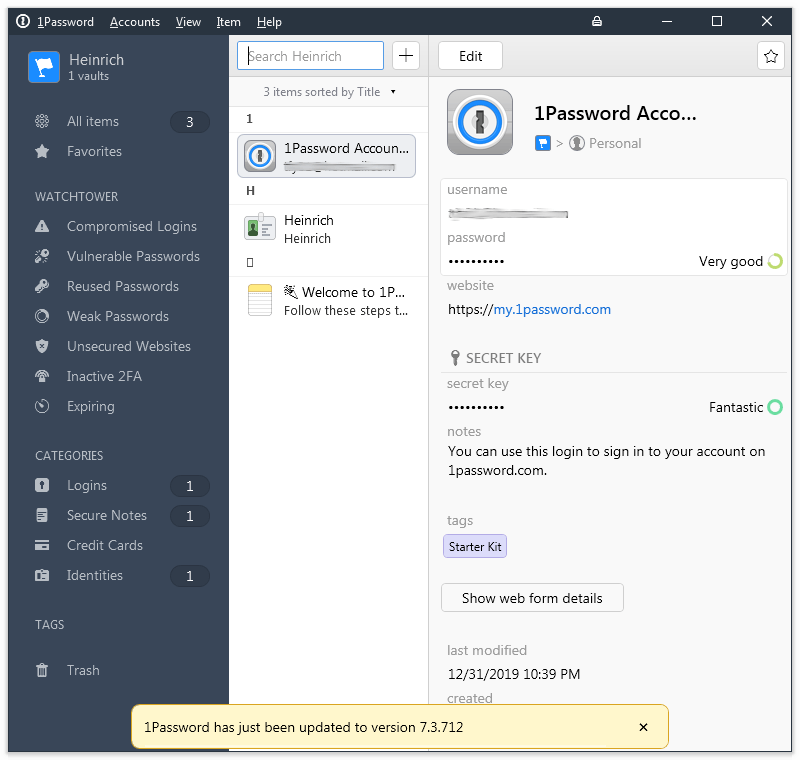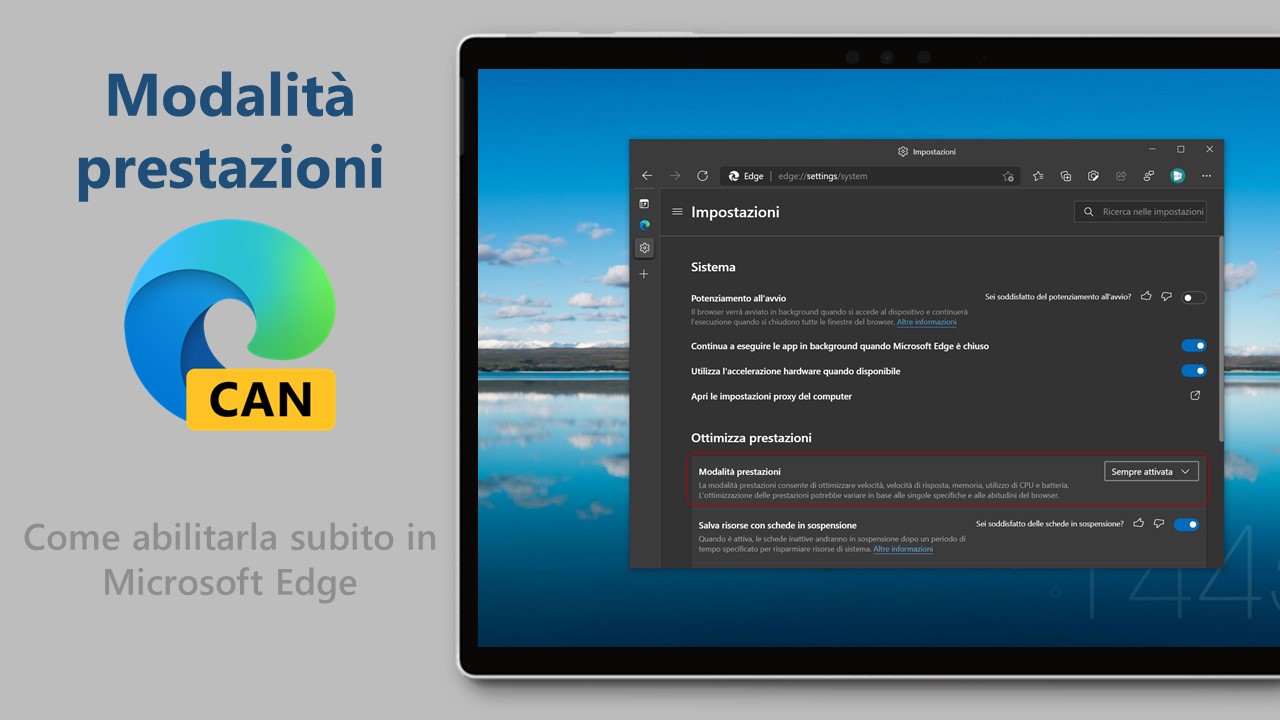- 1password For Microsoft Edge Mac
- 1password For Microsoft Edge Extension
- 1password For Microsoft Edge Mac
This extension requires a 1Password membership. If you don't have one yet, you can sign up when you install the extension and try one free. 1Password is a password manager that keeps you safe online. You want to use different passwords for every website, but it can be hard to keep track of them all. Click the Edge menu in the toolbar and choose Extensions. Then click to turn on 1Password. To add the 1Password icon to the toolbar in Edge: Click the Microsoft Edge menu in the toolbar. Download ESET Password Manager for Microsoft Edge or follow the steps below to install the Password Manager extension. Open Microsoft Edge. At the top corner of the browser, click Settings and more. Extensions Explore more extensions or visit edge://extensions. Find the ESET Password Manager extension and select Get.
- In Microsoft Edge, select Settings and more Settings. Select Passwords, then use the toggle to turn off Offer to save passwords. This doesn't delete previously saved passwords. To do that, select Settings and more Settings Privacy and services Clear browsing data Choose what to clear.
- If you use Chrome Canary or Microsoft Edge If you use Chrome Canary, follow these steps to allow 1Password to use native messaging in your browser: Make sure the 1Password app and your browser are both in the Applications folder. In Finder, choose Go Go to Folder.
About the message
1Password 6.8 for Mac introduced a more reliable method for saving and filling in browsers called native messaging.
Native messaging improves the performance and reliability of the 1Password classic extension, especially when proxies, antivirus, and other security software would otherwise interfere with 1Password. If 1Password is unable to detect support for native messaging in your browser, you’ll see this message.
What you should do
For all browsers
First, try restarting your browser. If you’re still having trouble, follow these steps to allow 1Password to use native messaging in your browser:
Open Terminal, which is in the Utilities folder of your Applications folder.
Copy and paste the following command and press Return:
Open 1Password. Hold down the Control and Option keys on your keyboard and choose 1Password > Quit 1Password Completely from the menu bar.
Open 1Password again.
Restart your browser.
Follow the additional steps below if you use Brave, Vivaldi, or Chrome Canary.
1password For Microsoft Edge Mac

If you use Brave

If you use Brave, make sure you’re using Brave 0.17.19 or later. Earlier versions do not have support for native messaging.
Using 1Password in Brave requires 1Password 7 or later.
If you use Vivaldi
If you use Vivaldi, make sure you’re using Vivaldi 1.11.917.43 or later. Earlier versions do not have support for native messaging.
If you use Chrome Canary or Microsoft Edge
If you use Chrome Canary, follow these steps to allow 1Password to use native messaging in your browser:

Make sure the 1Password app and your browser are both in the Applications folder.
In Finder, choose Go > Go to Folder. Copy and paste the following path and press Return:
Copy the file named
2bua8c4s2c.com.agilebits.1password.jsonto your desktop.Choose Go > Go to Folder. Copy and paste the correct path for your browser and press Return:
- Google Chrome Beta:
~/Library/Application Support/Google/Chrome Beta/ - Google Chrome Dev:
~/Library/Application Support/Google/Chrome Dev/ - Google Chrome Canary:
~/Library/Application Support/Google/Chrome Canary/ - Microsoft Edge Beta:
~/Library/Application Support/Microsoft Edge Beta/ - Microsoft Edge Dev:
~/Library/Application Support/Microsoft Edge Dev/ - Microsoft Edge Canary:
~/Library/Application Support/Microsoft Edge Canary/
- Google Chrome Beta:
Open the folder
NativeMessagingHostsor create it if it doesn’t exist.Drag the file named
2bua8c4s2c.com.agilebits.1password.jsonfrom your desktop into theNativeMessagingHostsfolder.Restart your browser.
Get more help
1password For Microsoft Edge Extension
If you’re still having trouble:
1password For Microsoft Edge Mac
- Create a diagnostics report on your Mac.
- Contact 1Password Support with a description of the problem and attach the diagnostics report that you created.

